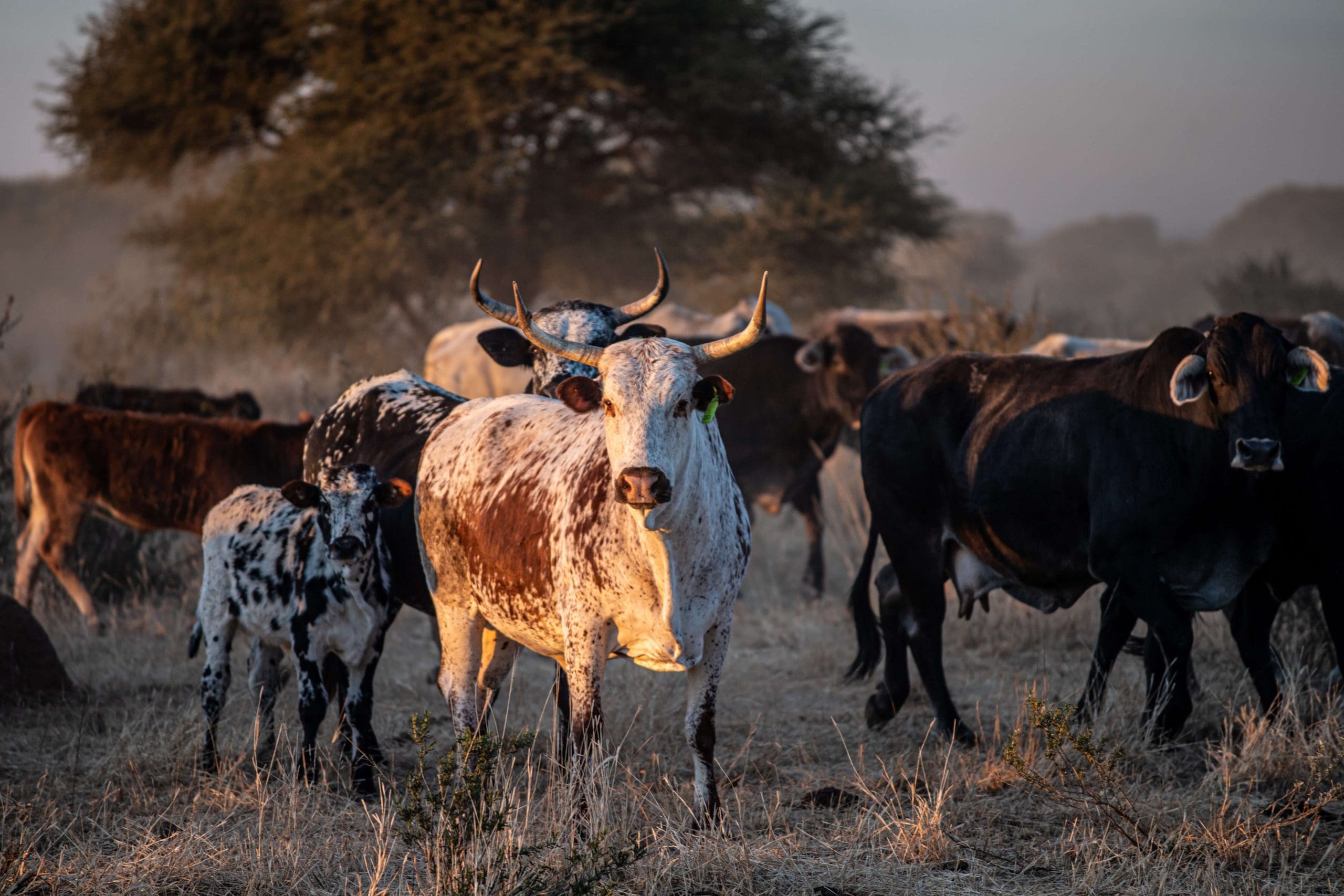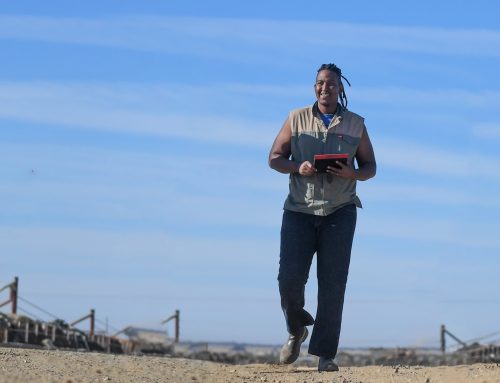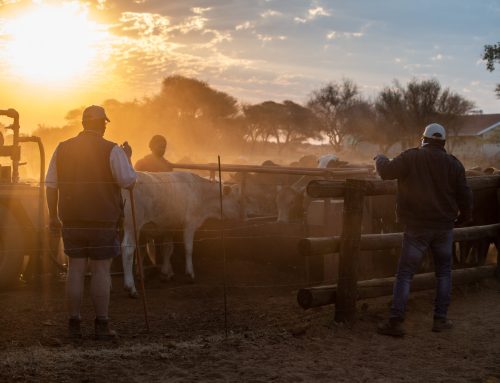27 October 2023: The journey to provide high-quality beef products to consumers and improving the cattle industry in South Africa and worldwide begins with the selection of top-tier cattle. However, ensuring the well-being of these animals is a complex undertaking that requires collaboration among various stakeholders. These contributors encompass primary producers, including farmers, veterinarians, animal nutritionists, pharmaceutical companies, and feedlots.
Jaco Liebenberg, the Senior Section Manager at Beefmaster Group, underscores the importance of a collaborative approach. He believes that all parties involved must come together to address the challenges facing the industry. By doing so, they can ensure that the national cattle herd maintains exceptional health and achieves optimal performance. This collaborative effort is essential for sustaining a thriving and robust cattle sector.
“This, in turn, will ensure a premium quality product, which will attract more international interest, and ultimately secure the sustainability and profitability of the industry, with value increased throughout the supply chain,” says Liebenberg.
Liebenberg outlines several principles that, when put into practice, not only ensure the well-being of animals but also boost the earnings of primary producers. This creates a mutually beneficial situation for everyone involved.
“We believe that the better the animal performs in the feedlot, the more everyone benefits. Striking the right balance is essential, as animals that have a high body fat percentage or are malnourished can negatively impact their feedlot performance, resulting in subpar products. Thus, a well-performing animal in the feedlot becomes a valuable incentive for primary producers.”
Various factors play a role in promoting the health of livestock. When it comes to the acquisition of young cattle by feedlots from farmers, Liebenberg underscores the significance of obtaining animals that have already undergone the weaning process. This practice minimises weaning stress, which can have a positive impact on the overall health and performance of the animals. Reducing weaning stress is just one of the key considerations in ensuring the well-being of the cattle, a factor that can substantially affect the success of the livestock industry.
“A weaned calf experiences lower stress levels, a critical factor in maintaining the animal’s health and immunity. When calves are separated from their mothers prematurely, stress levels rise, weakening the immune system and increasing susceptibility to infections.”
To facilitate a smoother transition, primary producers are advised to initiate feeding young animals using a feed trough. This gradual introduction to a more diverse diet, beyond reliance on cow’s milk and grass, aids in preparing the animal for the eventual move to a feedlot. This approach effectively mitigates the potential for weaning shock, a condition that can negatively impact the animal’s well-being.
By gradually acclimating the animal to a broader diet, primary producers play a crucial role in ensuring a successful transition to the feedlot and, ultimately, in promoting the animal’s health and performance. “This also makes it easier to integrate the animal into the feedlot’s nutritional programme, which is tailor-made for newly arrived animals,” says Liebenberg.
He emphasises the significance of primary producers adhering to a well-structured vaccination program. Such a program enables the weaner to develop a robust immune system. To ensure the efficacy of this process, he advises collaborating with a certified and reputable veterinarian who possesses the necessary expertise.
Furthermore, there exists a prevalent misconception that heavier calves automatically translate to increased profits for primary producers. However, Liebenberg dispels this misconception by clarifying that it’s quite typical for calves to experience a body weight loss of approximately 7% to 10% during the weaning stage. This natural weight fluctuation is part of the weaning process and doesn’t necessarily correlate with reduced profitability.
Understanding these nuances is essential for primary producers seeking to optimise the health and welfare of their livestock while maintaining their financial success. As Liebenberg explains, “Some farmers attempt to compensate for this weight loss by overfeeding the animals with higher energy rations, resulting in weaners that are too fat when they reach the feedlot. This not only hampers their nutritional intake but also impacts growth rates and overall performance within the feedlot.”
He adds that if all stakeholders work together to improve herd health in this manner, it will unlock value for the entire cattle supply chain. “Farmers play a vital role in this journey, and by following these principles of healthy animal management, they not only contribute to the overall success of improving the cattle industry but also reap the rewards of a sustainable and profitable future,” concludes Liebenberg.






